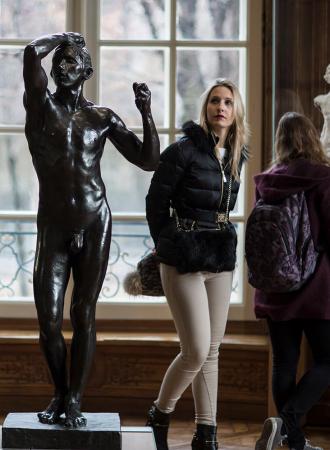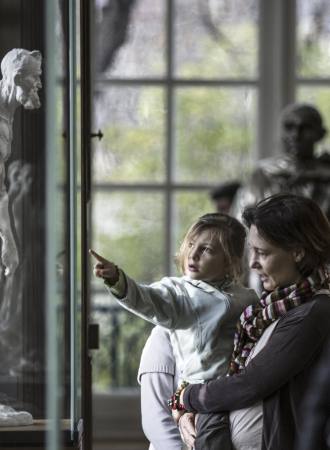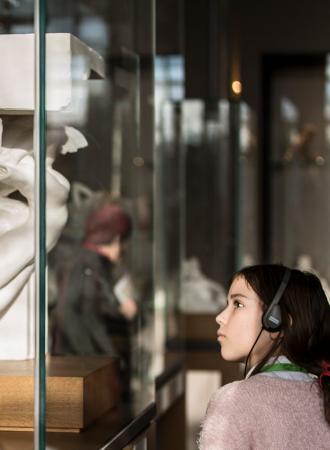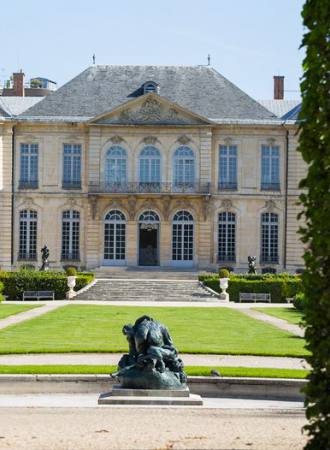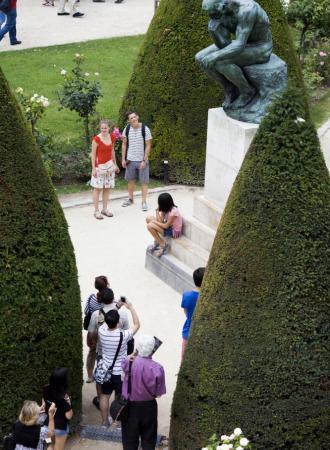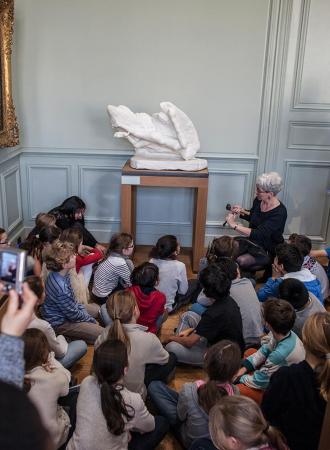Search the site
The Age of Bronze
Auguste Rodin (1840-1917)
This figure, one of Rodin’s most famous works, was made in Brussels where a young Belgian soldier, Auguste Neyt, served as the sculptor’s model―though the statue features no clues to his identity. The pose and modeling reflect the full extent of Rodin’s consummate skill and attention to the reality of a living body. The untitled work was exhibited at the Cercle Artistique in Brussels in 1877, and later, entitled The Age of Bronze, at the annual Salon in Paris, where it caused a scandal.
Also known as The Awakening Man or The Vanquished One, the statue conveys a sense of the early ages of humanity. The figure originally held a spear in his left hand, as can be seen in a photograph by Gaudenzio Marconi, but Rodin decided against keeping it, preferring to leave the figure free of any attribute and thereby give more fullness to the gesture. When the work was shown in Paris, Rodin was accused of having taken a mold from the model’s body and had to prove that the quality of his modeling stemmed from detailed observation rather than life-casting. His critics were eventually convinced of his good faith. However, by drawing attention to Rodin the scandal raised his profile and earned him the commission for The Gates of Hell in 1880.
Locate the artwork in the museum
Musée Rodin - Meudon, plaster gallery
We cannot guarantee the presence of all our artworks; some may be out on loan.
SEE ALSO
Completion date :
1877
Dimensions :
H. 183 cm; W. 68.5 cm; D. 61 cm
Materials :
Plaster
Inventory number :
S.165
Credits :
© Agence photographique du musée Rodin - Jérome Manoukian
Additional information
Iconography
- The Age of Bronze(zip, 1192.4 ko)

